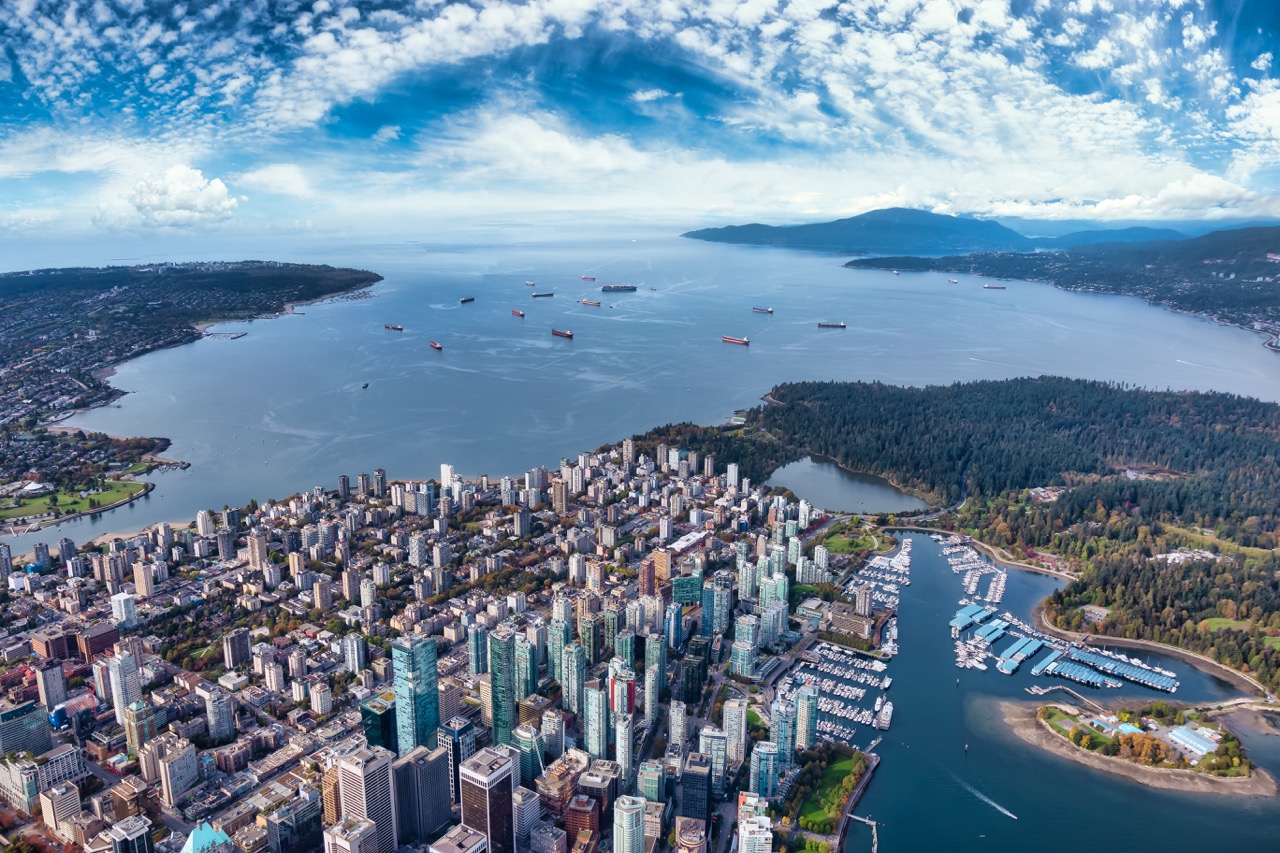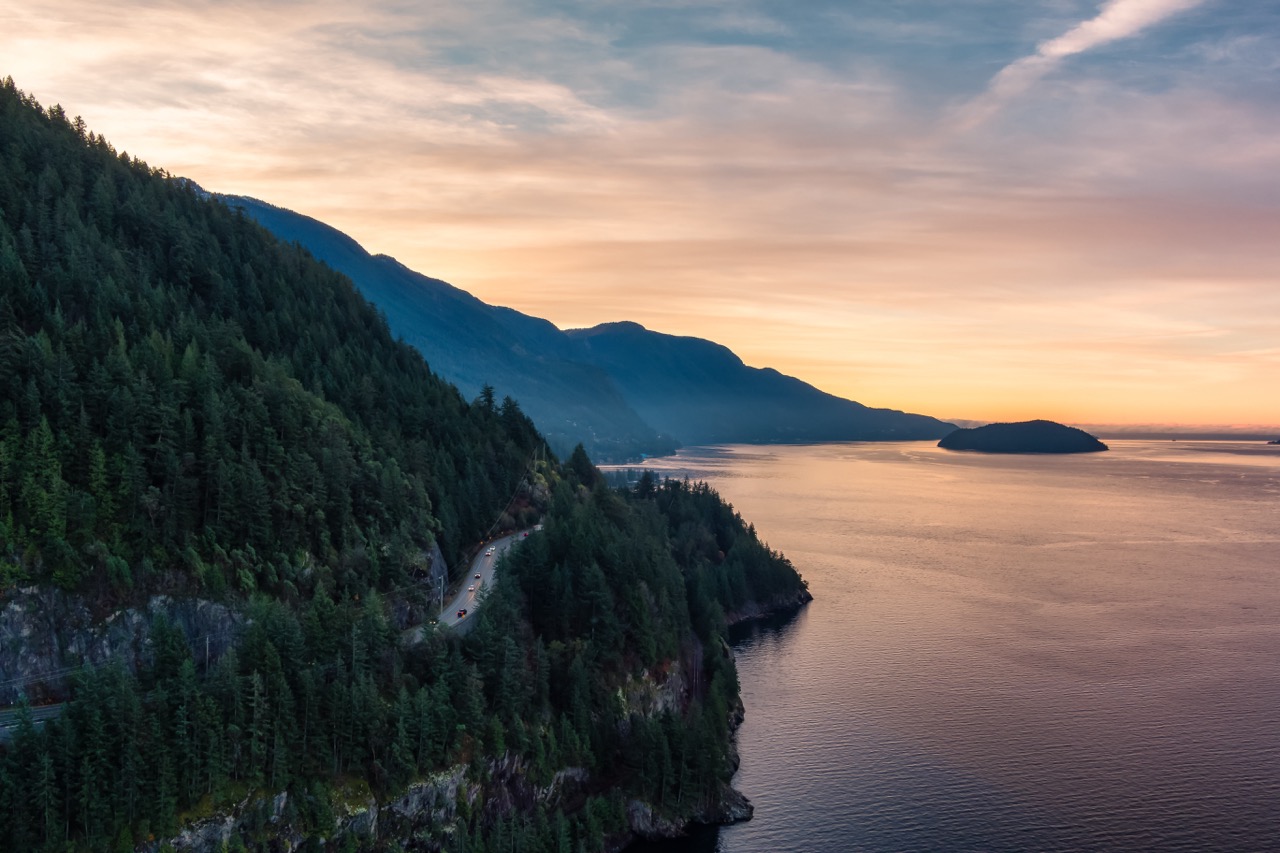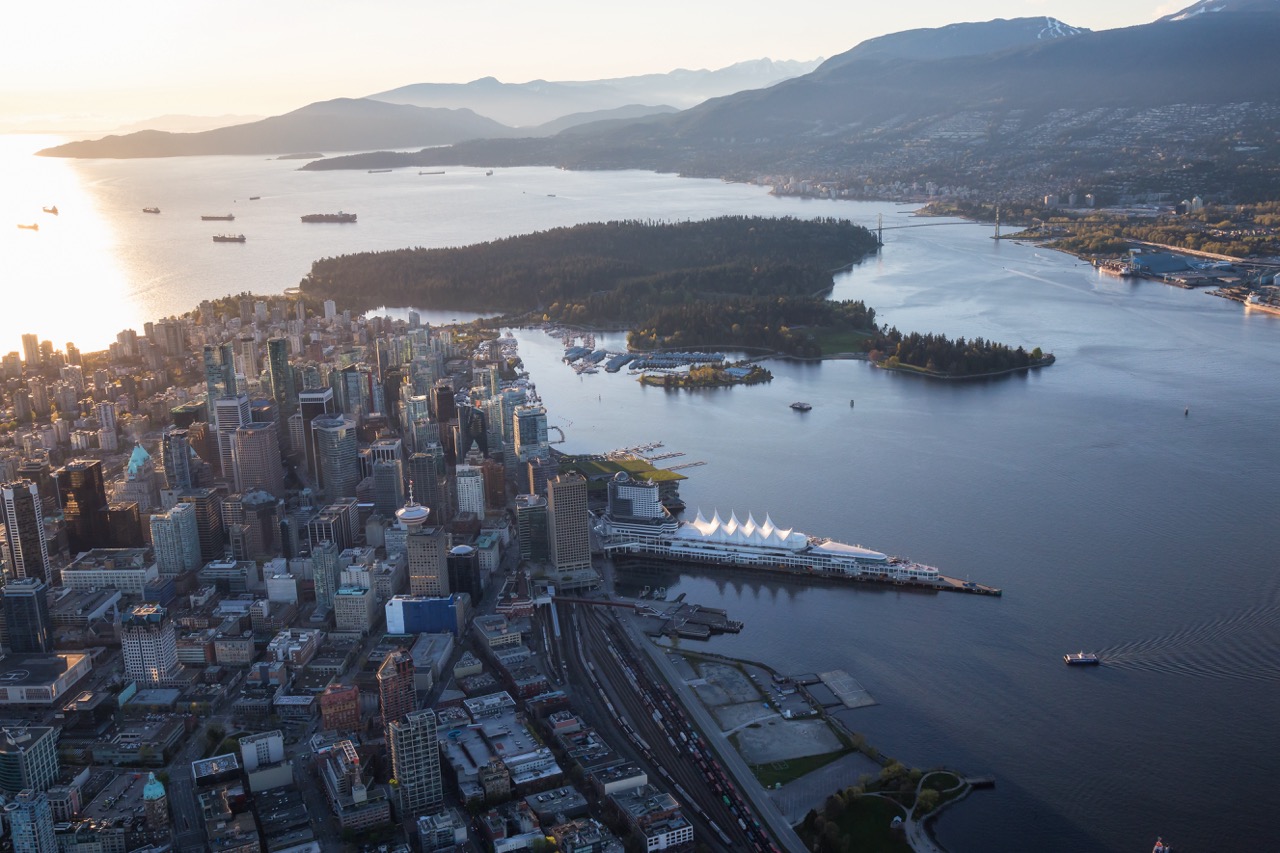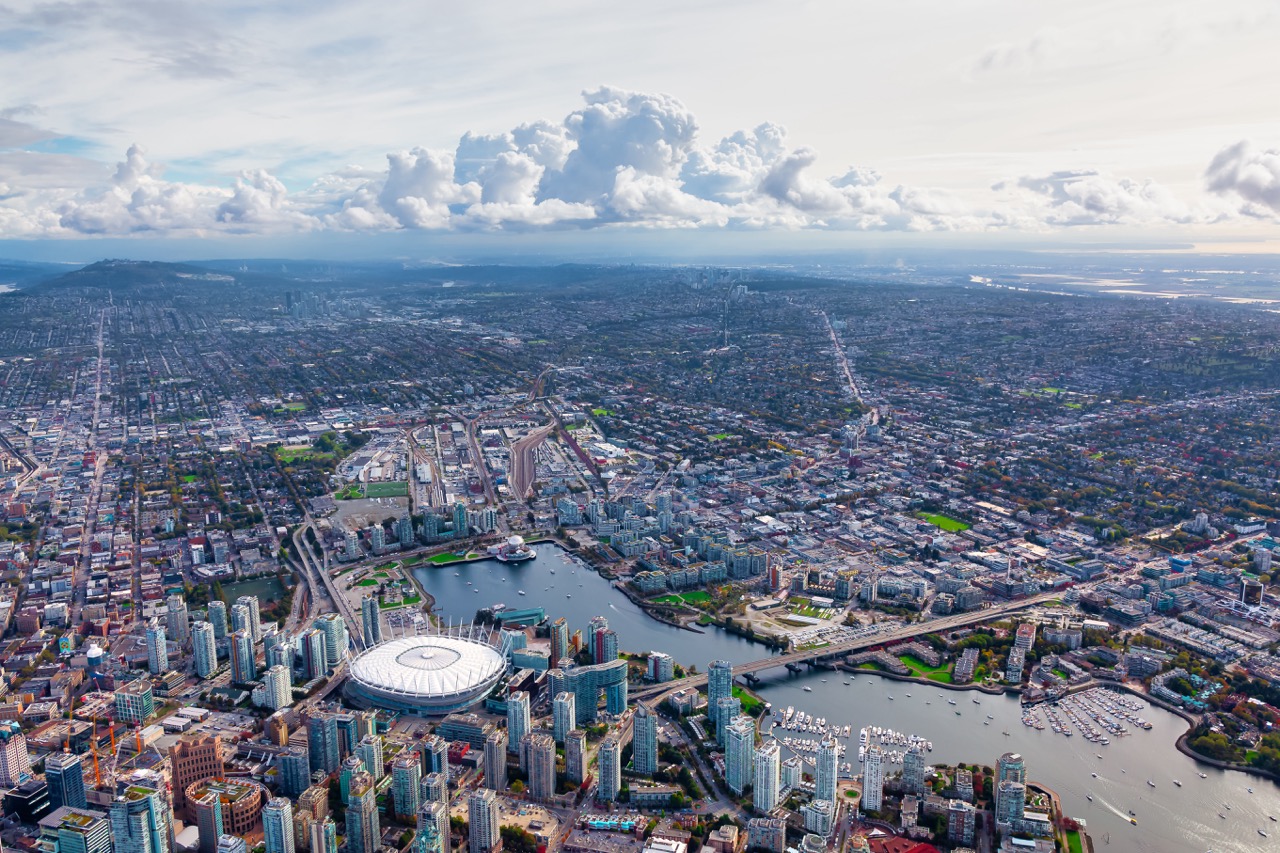British Columbia’s maritime history is a tapestry woven with the threads of indigenous cultures, European exploration, the fur trade, shipbuilding innovations, naval conflicts, and the burgeoning prospects of maritime tourism. The province’s extensive coastline and rich marine resources have shaped its economic development and cultural identity over centuries. This article examines the key phases of British Columbia’s maritime history, highlighting the interplay between indigenous practices and European influences, as well as the ongoing significance of the maritime domain in shaping the region’s future.
The Early Indigenous Maritime Cultures of British Columbia
The indigenous peoples of British Columbia have a profound maritime history that dates back thousands of years. Tribes such as the Haida, Coast Salish, and Kwakwaka’wakw developed sophisticated seafaring practices that allowed them to thrive in the region’s rich coastal ecosystems. Their deep understanding of tidal patterns, marine life, and navigational techniques facilitated trade and communication among various communities, establishing a network of exchange that was vital for cultural and economic survival.
Indigenous canoe construction techniques, utilizing cedar and other local materials, reflect not only craftsmanship but also a spiritual connection to the ocean. Canoes served as vessels for fishing, hunting, and trade, showcasing a maritime culture that was intricately tied to the rhythms of nature. The oral traditions that accompany these practices reveal a rich cultural heritage that honors the sea as a source of sustenance and identity.
As European explorers arrived in the late 18th century, they encountered these thriving maritime cultures. The initial interactions were marked by curiosity and exchange, but they soon gave way to conflict and disruption, leading to significant changes in indigenous ways of life. The resilience of these early maritime cultures endures today, evident in contemporary indigenous marine stewardship efforts and the revitalization of traditional practices.
European Exploration and the Impact on Coastal Trade Routes
The arrival of European explorers in British Columbia marked a transformative period in the region’s maritime history. Notable figures such as Captain James Cook and George Vancouver navigated the intricacies of the coastline, mapping the terrain and establishing initial contact with indigenous peoples. These expeditions opened British Columbia to further exploration and trade, as European powers sought to establish their presence in the lucrative Pacific Northwest.
The establishment of coastal trade routes fundamentally altered indigenous economies and societies. The introduction of European goods, such as metal tools, textiles, and firearms, created new trade dynamics that reshaped traditional practices. Indigenous communities adapted to these changes, negotiating trade agreements that sometimes reinforced their autonomy while at other times led to exploitation and economic dependency.
As European settlements expanded, the competition for resources intensified, further complicating relationships with indigenous populations. The initial promise of collaboration often devolved into conflict, leading to territorial disputes and the erosion of indigenous rights. The legacy of these early encounters continues to inform contemporary discussions about land claims, cultural preservation, and reconciliation in British Columbia.
The Rise of the Fur Trade and Its Maritime Significance
The fur trade emerged as a dominant force in British Columbia’s maritime economy in the 19th century, driven by European demand for beaver pelts and other furs. Companies like the Hudson’s Bay Company and the North West Company established trading posts along the coastline, relying on maritime routes to transport goods and connect with indigenous trappers. This period saw the development of a vibrant trade network that linked the interior and coastal regions, with canoes and ships serving as vital conduits for commerce.
The maritime aspect of the fur trade was not only essential for transporting furs but also for supplying trading posts with provisions and materials. The establishment of ports such as Victoria and New Westminster facilitated the growth of the trade, allowing for the exchange of goods and the movement of people. Ships became the lifeblood of the fur trade, enabling the exploitation of vast territories and the integration of indigenous labor into the colonial economy.
However, the fur trade also had profound implications for indigenous communities, as it often led to overexploitation of wildlife and disruption of traditional practices. While some indigenous groups benefited economically from the trade, others faced significant challenges as their lands were encroached upon. The complexities of the fur trade continue to influence discussions about colonialism, economic development, and environmental stewardship in British Columbia.
Shipbuilding Innovations that Shaped BC’s Coastal Economy
The maritime history of British Columbia is also marked by significant advancements in shipbuilding that played a crucial role in the coastal economy. Early settlers adapted indigenous canoe-building techniques to create larger vessels capable of navigating the region’s waters. By the mid-19th century, shipyards began to emerge in coastal towns, driven by the need for vessels to support fishing, trade, and passenger transport.
Technological innovations, such as the introduction of steam-powered ships, revolutionized maritime transport in British Columbia. These vessels increased the speed and efficiency of travel, paving the way for expanded trade and tourism. The development of reliable shipping routes facilitated the movement of goods and people, effectively linking remote communities to larger urban centers.
The legacy of shipbuilding in British Columbia is evident in the preservation of historic vessels and shipyards that serve as reminders of the province’s maritime heritage. Today, the shipbuilding industry continues to evolve, focusing on sustainability and modern design. As British Columbia navigates the challenges of climate change, the maritime sector remains a vital component of the economy and cultural identity, fostering innovation and resilience.
Maritime Conflicts: The Role of Naval History in BC
British Columbia’s maritime history is not without its conflicts, both on the high seas and in territorial disputes. The strategic importance of the region during the 19th and 20th centuries was underscored by various naval engagements, including the tensions between British and American interests in the Pacific Northwest. The Oregon boundary dispute exemplifies how maritime boundaries became critical in defining territorial claims, ultimately resolved through diplomatic negotiations.
During World War II, the significance of British Columbia’s coastline was further highlighted as the region served as a strategic military base for the Allied forces. The establishment of naval bases and shipyards played a crucial role in supporting the war effort, leading to increased militarization of the coastal landscape. These historical events contributed to a legacy of naval preparedness that persists in contemporary discussions about national security and maritime defense.
The complexities of maritime conflicts in British Columbia extend to indigenous rights and resource management. As the government grapples with historical grievances and modern-day treaty negotiations, the maritime dimension of these discussions is increasingly relevant. The recognition of indigenous sovereignty and stewardship over marine resources is a crucial aspect of addressing past injustices and shaping a more equitable future.
The Future of British Columbia’s Maritime Heritage and Tourism
As British Columbia moves forward, the preservation of its maritime heritage presents both challenges and opportunities. The province’s rich maritime history can be leveraged to promote tourism, drawing visitors to historic sites, museums, and cultural events that celebrate the seafaring traditions of both indigenous peoples and settlers. Initiatives that focus on sustainable tourism can enhance economic development while fostering awareness and appreciation for the region’s maritime legacy.
The growing interest in eco-tourism and marine conservation aligns with efforts to protect British Columbia’s coastal ecosystems. Programs that emphasize responsible boating, fishing, and wildlife viewing offer avenues for engaging local communities and visitors alike in the stewardship of marine resources. By emphasizing the interconnectedness of culture, economy, and environmental health, British Columbia can build a maritime tourism industry that respects its past while looking toward a sustainable future.
Education plays a pivotal role in ensuring that British Columbia’s maritime heritage continues to resonate with future generations. By incorporating maritime history into school curricula and community programs, there is potential for greater awareness and understanding of the region’s diverse maritime traditions. Through storytelling, hands-on experiences, and cultural exchanges, British Columbia can nurture a deeper appreciation for its maritime roots, fostering a sense of pride and responsibility in the stewardship of its coastal landscapes.
British Columbia’s maritime history is a rich and multifaceted narrative that reflects the interplay between indigenous cultures, European exploration, economic development, and environmental stewardship. From the early indigenous maritime practices to the rise of the fur trade and the innovations in shipbuilding, each chapter of this history contributes to the province’s unique identity. As British Columbia embraces its maritime heritage in the context of tourism and sustainability, it faces the challenge of honoring its past while paving the way for a resilient and inclusive future. Through continued engagement with its maritime history, British Columbia can foster a sense of connection to its coastal environment and promote a deeper understanding of the intricate relationships that define its maritime landscape.




